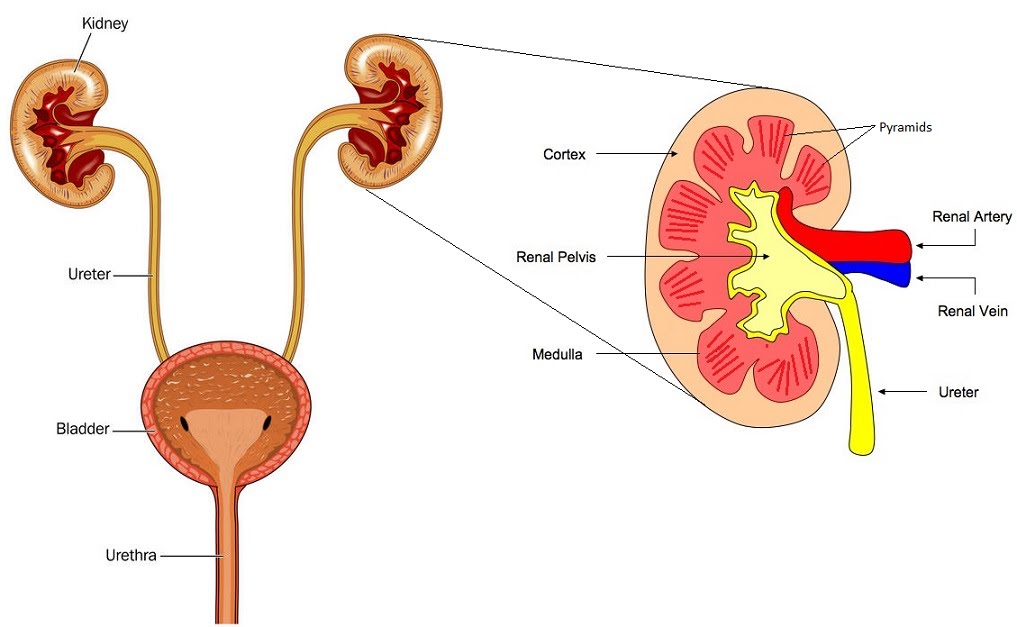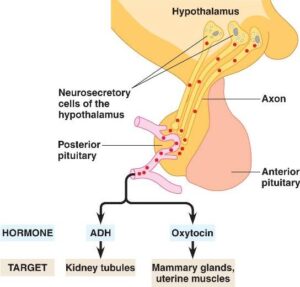Osmoregulation
Kidney cells and their different functions
The nephron
Glomerulus, distal and proximal convoluted tubules
Osmoregulation
Here’s a fancy topic of the newer spec… I’ve never done the kidney so I spent my post-A levels life in total kidney ignorance and utter lack of knowledge of my urination habits and their complexity, oh what a fool I have been. You on the other hand are going to have the damn honour of actually having a clue about how the brain and the kidneys freshen our blood up all the time. Oh ye enlightened children, rise.

Osmoregulation refers to the control of water potential of the blood. The blood is complicated, it has all these ions and proteins and stuff. Cells use various things up all the time and some more often than others at different times, night, day, sweat, tears, etc.
There are systems in place that keep the blood at the right composition and pressure. The hypothalamus and posterior pituitary in the brain release a hormone into the blood that reaches the kidney and enables its cells to take up more water, to prevent it being wasted in urine as the case may be. This is detected by osmoreceptors.
The hormone is known as vasopressin or antidiuretic hormone (ADH), has a very short half life of 16-24 minutes as you can imagine since it regulates fast-changing things like water retention and blood pressure. It acts in the negative feedback loop that maintains optimal plasma concentration.
More specifically, the hypothalamus synthesises it while the posterior pituitary which is actually an extension of the hypothalamus, stores it for release into the blood.

ADH stimulates water retention by the kidney by:
- Increasing water permeability in a part of the kidney cell which results in retaining more water and excreting more….
